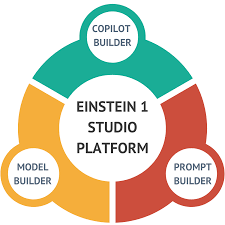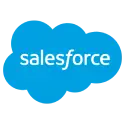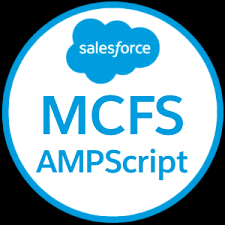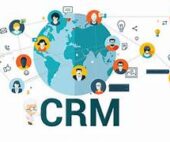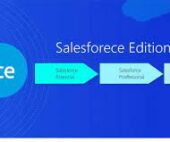Einstein 1 Unveiled
Salesforce Unveils Einstein 1: Enhancing Productivity and Fostering Customer Trust through Data, AI, and CRM-Einstein 1 Unveiled In September, Salesforce introduced the Einstein 1 Platform, a groundbreaking advancement that merges the capabilities of Salesforce Data Cloud with Einstein AI. This innovative platform harnesses a trusted metadata framework, enabling companies to effortlessly connect data and build AI-driven applications with minimal coding, thereby revolutionizing CRM experiences. Why it Matters: With customer data scattered across an average of 1,061 applications and limited integration, Salesforce addresses the challenge of fragmented customer data stacks. The metadata framework bridges this gap by offering a unified view of enterprise data, allowing organizations to customize user experiences across low-code platform services like Einstein for AI predictions, Flow for automation, and Lightning for user interfaces. Data Cloud Integration: The Einstein 1 Platform now seamlessly integrates with Data Cloud, a real-time hyperscale data engine processing 30 trillion transactions per month and harmonizing various data sources to create unified customer profiles. This integration unlocks siloed data, facilitating rich customer profiles and enabling new CRM experiences. Scalability and Automation: The platform supports thousands of metadata-enabled objects per customer and can handle up to 20,000 events per second. It enables the integration of massive data volumes from various sources, triggering flows and interactions with enterprise systems, including legacy ones. Analytics Offerings: Salesforce provides a suite of analytics solutions, including Reports and Dashboards, Tableau, CRM Analytics, and Marketing Cloud Reports. The common metadata schema and access model of the Einstein 1 Platform allow these solutions to operate on the same data, delivering comprehensive insights. Free Access to Data Cloud: Customers with Enterprise Edition or above can now access Data Cloud at no cost, empowering them to ingest, harmonize, and explore their data, thereby accelerating their AI journey. Einstein’s Conversational AI Assistant: The next generation of Einstein introduces Einstein Copilot, an out-of-the-box conversational AI assistant embedded in every Salesforce application. Copilot enhances productivity by responding to natural language queries with secure, proprietary company data from Data Cloud. It also proactively suggests actions and options to users. Einstein Copilot Studio: Companies can develop custom AI-powered apps with Einstein Copilot Studio, which facilitates the creation of AI models for various business tasks, making it adaptable for consumer-facing channels and messaging platforms. Einstein Copilot and Einstein Copilot Studio operate within the secure Einstein Trust Layer, ensuring data privacy and security. Salesforce’s Einstein 1 Platform represents a significant milestone in AI-powered CRM, providing companies with a seamless way to leverage AI, streamline processes, and deliver exceptional customer experiences. By Tectonic Salesforce Marketing Architect, Shannan Hearne Like Related Posts Salesforce OEM AppExchange Expanding its reach beyond CRM, Salesforce.com has launched a new service called AppExchange OEM Edition, aimed at non-CRM service providers. Read more The Salesforce Story In Marc Benioff’s own words How did salesforce.com grow from a start up in a rented apartment into the world’s Read more Salesforce Jigsaw Salesforce.com, a prominent figure in cloud computing, has finalized a deal to acquire Jigsaw, a wiki-style business contact database, for Read more Service Cloud with AI-Driven Intelligence Salesforce Enhances Service Cloud with AI-Driven Intelligence Engine Data science and analytics are rapidly becoming standard features in enterprise applications, Read more

